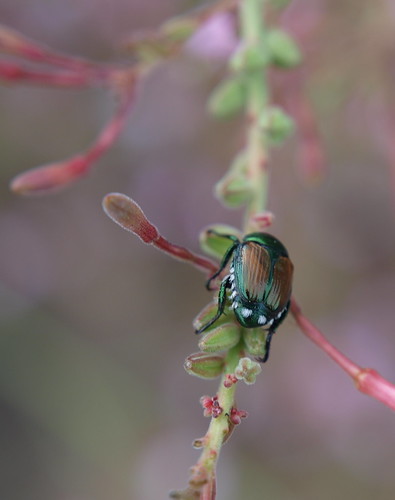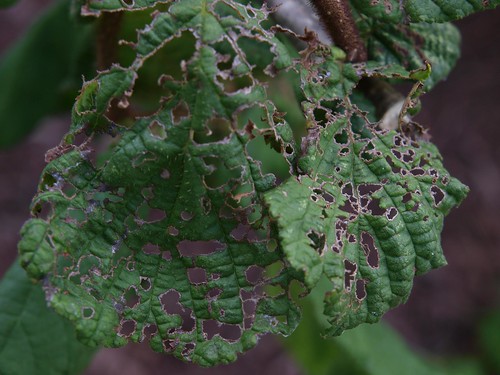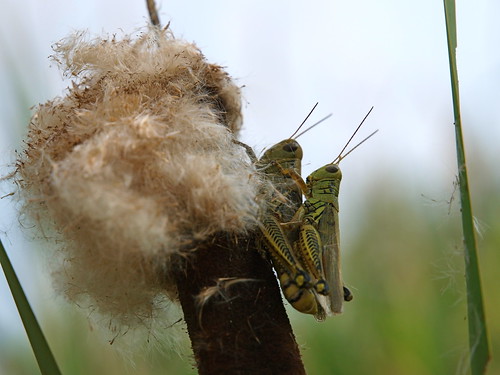
https://www.petwantsclt.com/petwants-charlotte-ingredients/ Japanese Beetle © 2008
http://economiacircularverde.com/que-es-la-economia-circular/ The Japanese beetle has invaded my gardens and yard. They have been voracious this summer and really inflicted a great amount of damage. The beetles eat the surfaces of the leaves, but avoid the vein which remains intact, and therefore the foliage looks lacy. However, it is not a pretty sight to any gardener.

https://drcarlosarzabe.com/dr-carlos-arzabe/ Lacy Leaf Damage on Filbert Tree © 2008
The beetle was first discovered in the United States in 1916, and it is thought it was accidentally introduced in New Jersey in imported Japanese iris. The beetles are controlled in Japan by natural predators, but are unchecked in the US. They are found in every state east of the Mississippi River, except for Florida.
The best defense in my smallish garden is removal by hand – yuk! There are traps using pheromones, but some studies show the traps can actually attract more beetles than they catch. I’m not one to use much in the way of chemical control if possible, but I”ve been using Bonide from Garden Naturals in the worst areas and that seems to have helped.
Anyone else fighting these pests successfully with other means?







